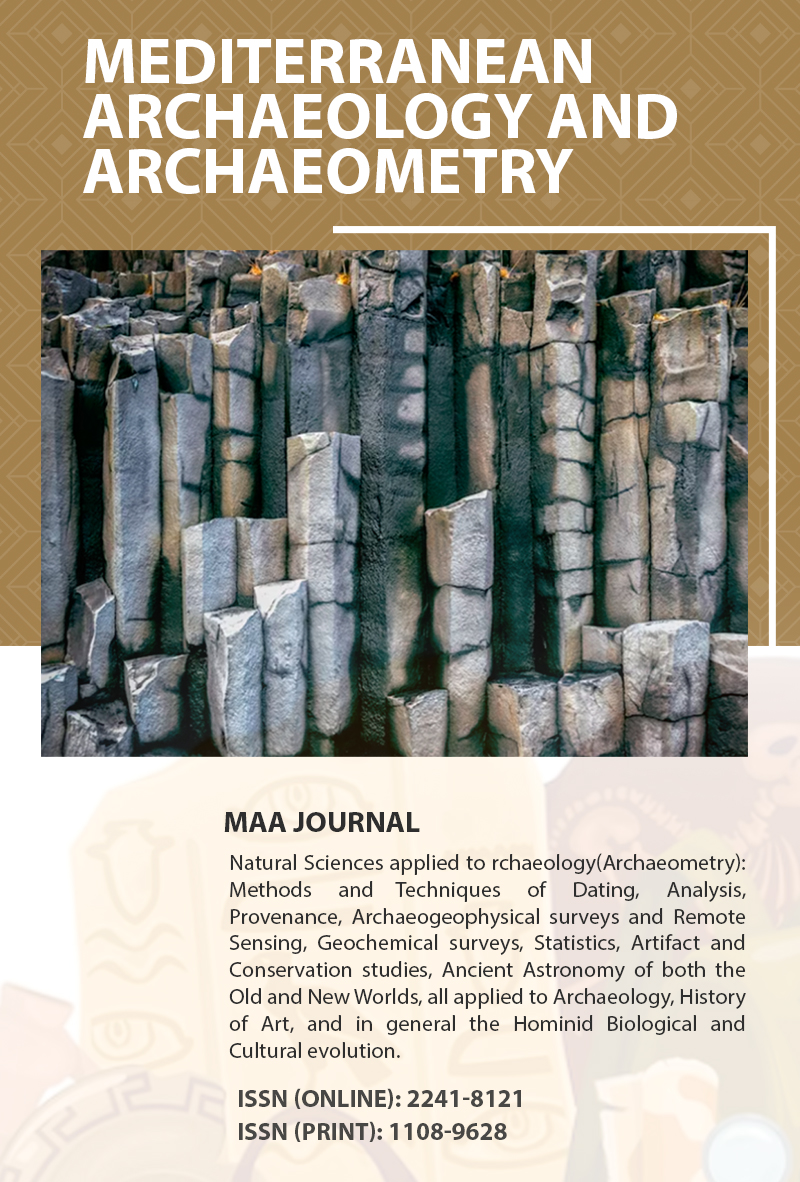Inscription on a Naxian-Style Sphinx Statue From Potaissa Deciphered as a Poem in Dactylic Meter
Keywords:
Archaic Greek Alphabet, Caesura, Dacia, Epigraphy, Potaissa, Pazyryk Culture, Sphinx, Translation.Abstract
This paper gives a translation of an inscription around the base of a bronze sphinx statue from the 3rd century Roman Province of Dacia. The bronze sphinx statue has several striking parallels with the famous Sphinx of the Naxians from 560 BCE, which is now located in the Archaeological Museum of Delphi. Presumably, the sphinx cult also spread to Dacia from Naxos. The inscription is identified as having been written using an archaic Greek alphabet. However, the Greek alphabet phonetic values render a text that is non-sensical in the Greek language. Therefore, the meaning of the inscription has puzzled scholars since the artifact’s discovery in the early 19th century. The scribe probably intended to express something in a language other than Greek using an archaic Greek alphabet. The archaic Greek alphabet phonetic values record a short rhythmic poem in the Proto-Hungarian language. The inscription is unusual in that it contains some archaic letters that are mirrored and need to be read from right to left.










